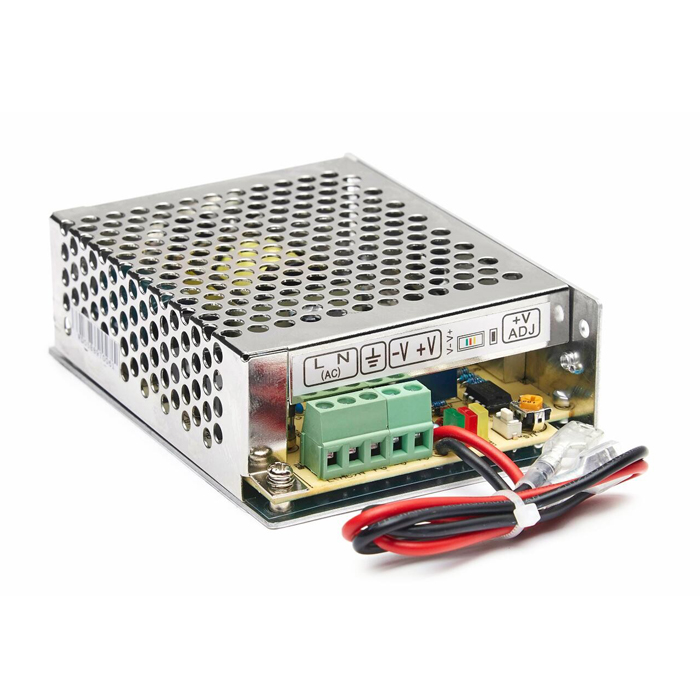
Wenzhou wode electrical co.,LTD
Tel: +86 577 62602806Phone: 86-18106781616E-mail: wode@wodeps.com

Tel: +86 577 62602806Phone: 86-18106781616E-mail: wode@wodeps.com

Date:2021.01.12 Views:3753
With the development and innovation of power electronics technology, it has led to continuous innovation in switching power supply technology. At present, switching power supplies are widely used in almost all electronic equipment with their small size, light weight and high efficiency, and are an indispensable power supply method for the rapid development of today's electronic information industry.
There are two types of modern switching power supplies: one is a DC switching power supply; the other is an AC switching power supply. The main focus here is only on DC switching power supplies, whose function is to convert a raw power supply of poor power quality (rough power), such as mains power or battery power, into a higher quality DC voltage that meets the requirements of the equipment. The heart of a DC switching power supply is the DC/DC converter.
The classification of DC switching power supplies is therefore dependent on the classification of the DC/DC converter. In other words, the classification of DC switching power supplies is essentially the same as the classification of DC/DC converters, which is essentially the classification of DC switching power supplies.
A switching power supply consists of four main components: the main circuit, the control circuit, the detection circuit and the auxiliary power supply.

Inrush current limiter: Limits the inrush current on the input side at the moment of power-on.
Input filter: Its function is to filter out the noise waves present in the grid and to prevent the noise waves generated by the machine from feeding back into the grid.
Rectification and filtering: rectifies the grid AC power directly into a smoother DC power.
Inverter: turns the rectified DC power into high frequency AC power, which is the core part of the high frequency switching power supply.
Output rectification and filtering: according to the needs of the load, to provide a stable and reliable DC power supply.
2、Control circuitOn the one hand, sample from the output, compare with the set value, then go to control the inverter, change its pulse width or pulse frequency, so that the output is stable, on the other hand, according to the data provided by the test circuit, identified by the protection circuit, to provide control circuit for various protective measures for the power supply.
3、Detection circuitProvide protection circuit is running in a variety of parameters and a variety of instrumentation data.
4、Auxiliary power supplyRealises the software (remote) start of the power supply to supply power for the work of the protection circuit and the control circuit (PWM and other chips).
The information is provided by switching power supply supplier.